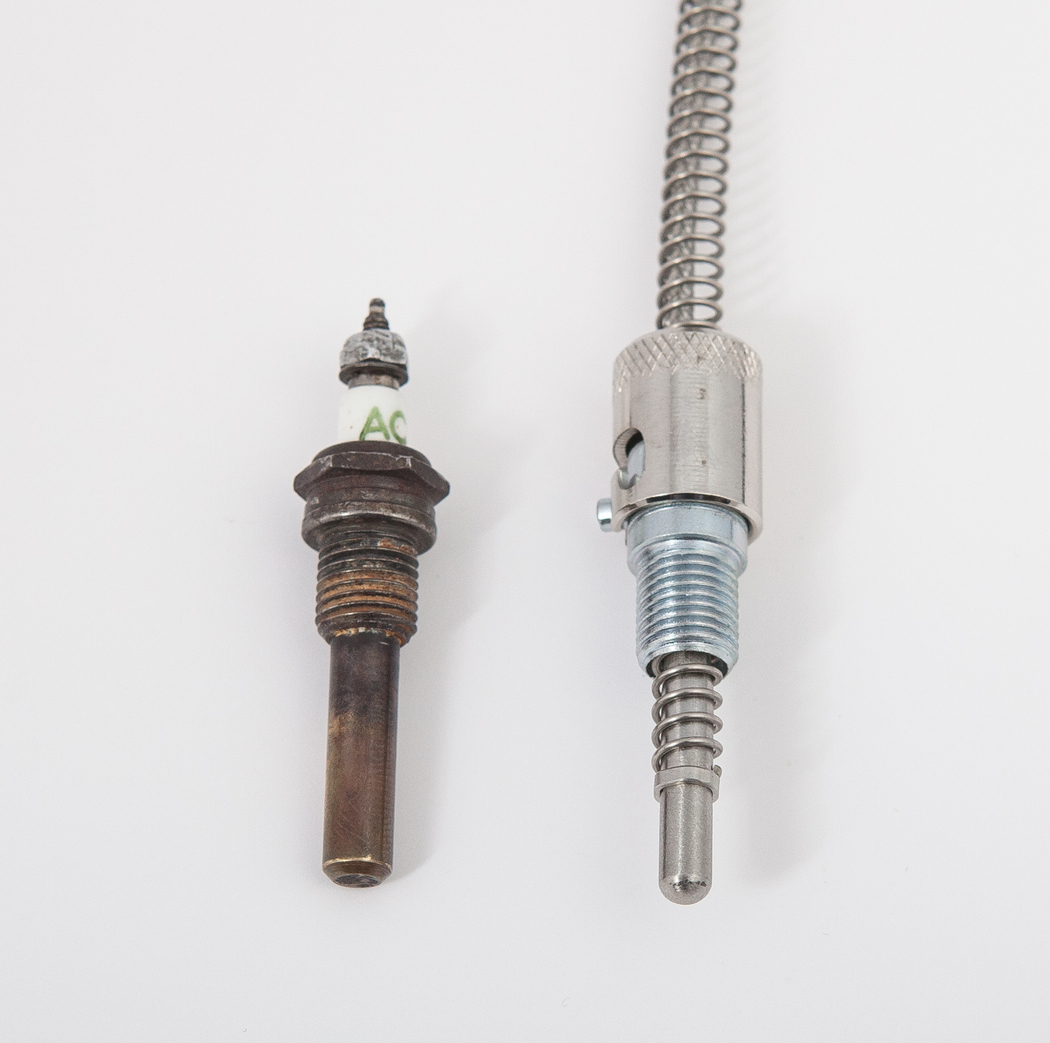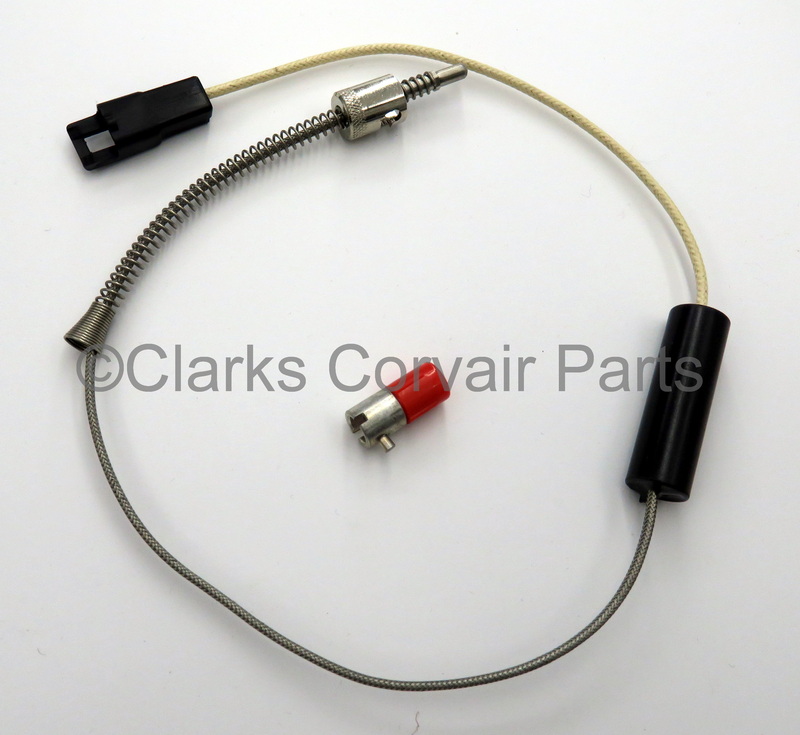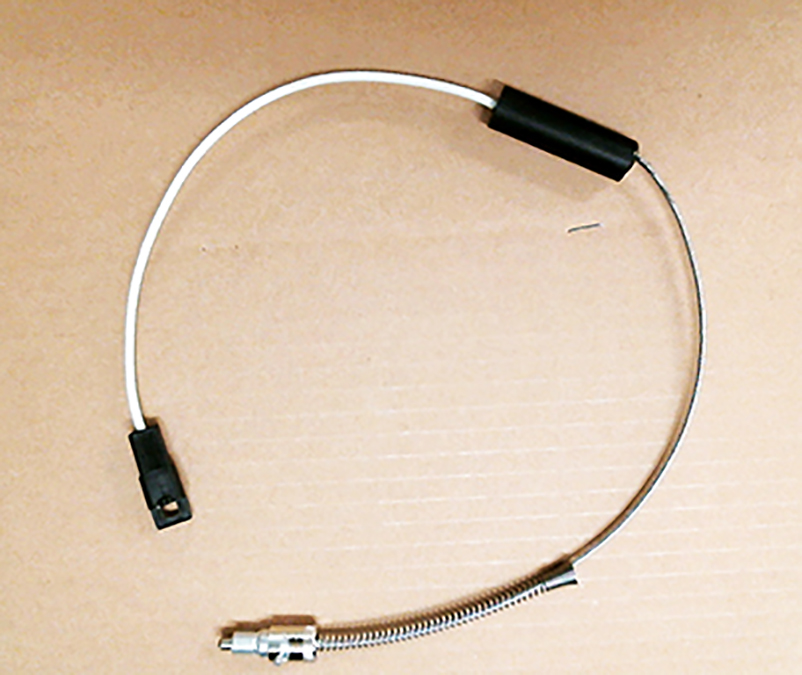Frank provided good sound advice but there is also a chance your car may have mouse nests blocking the air flow.
Ifthe car you purchased had been sitting for a while before you got it there is a chance that there could be blockages between the cylinders that keep the air from moving through to cool them.
If the car was kept in a place where mice could have been lurking, there is a chance there could be mouse nests under the top cover and or in the lower shrouds.
There could also be mouse nests in the Heater Duct hoses or other related heater components.
Taking the top cover off of you engine to inspect for obstructions does take a good amount of time and effort but could be worth it if there is actually something blocking the air flow.
A quicker method would be to look in the lower shrouds for signs of debris there, the next place would be the heater hoses and duct work. Even if these areas are free of debris, it does not guarantee that there is nothing between the cylinders.
Something else you could potentially do is purchase an inexpensive Infrared Laser Thermometer to determine the engine temperature. I bought one from my local Harbor Freight store for about $25.00 last year. https://www.harborfreight.com/121-infra ... 63985.html
I did a quick search on this forum and found several Mouse Nest related topics:
In all, there were 23 different topics that resulted...Here are a couple of the more recent ones:
Cleaning ductwork May 12, 2024 http://www.corvairforum.com/forum/viewt ... st#p138526
Odd noise from heater fan.... Nov 23, 2020 http://www.corvairforum.com/forum/viewt ... st#p115290
'66 turbo head temp switch / part 2 Jul 24, 2019 http://www.corvairforum.com/forum/viewt ... st#p107256
Re: '66 turbo head temp switch / part 2
66vairguy » Fri Jul 26, 2019 11:27 pm
Keep in mind the temperature snap switch for the light and buzzer is on one side of the engine and the temp gauge sender is on the other side.
It is possible, although unlikely, that the side of the engine with the snap switch is running hotter. Typically this only happens when debris like a rag or mouse nest is resting over the cylinders.
More likely the snap switch is bad and is closing at too low a temperature, not uncommon. Clark's sell the snap switch. Two different ones, make sure you order the correct one.










 1966 Corvair Corsa Convertible
1966 Corvair Corsa Convertible